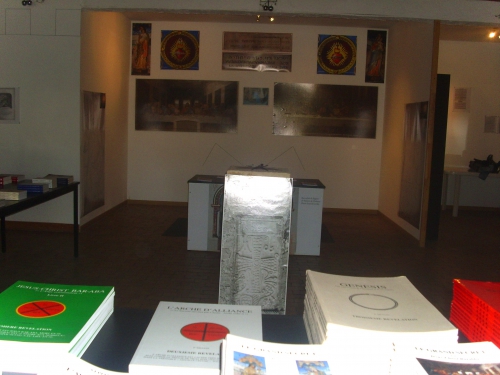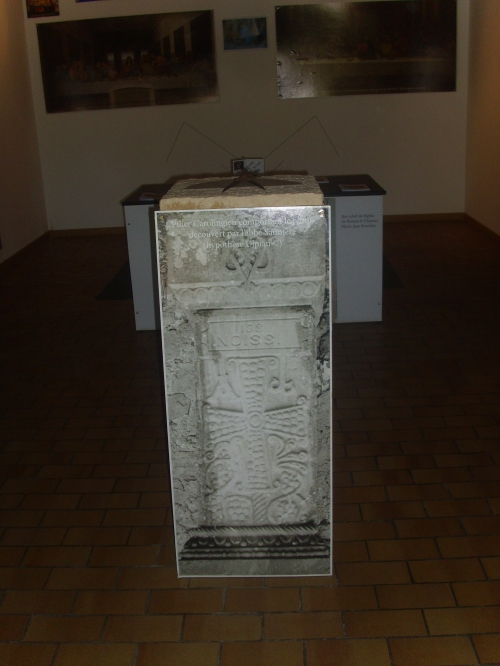Couiza at the foot of the hill
Celts, Romans and favourites of kings
I always thought of Couiza as merely the last village on the Carcassonne/Quillan road, before turning off for the famous Rennes-le-Chateau.
Now I live here and have discovered hidden depths!
Couiza is situated on the D118 between Limoux and Quillan, at the function of the rivers Aude and Sals. It is quite large with 1,400 inhabitants and the appropriate services such as corner shops, cafés/restaurants, doctors, hairdressers, newsagent, post office and so on. There are two cafés, the St. Anne and the Café de France across the road from each other, and a pizzaria and/or kebab house opposite the Mairie.
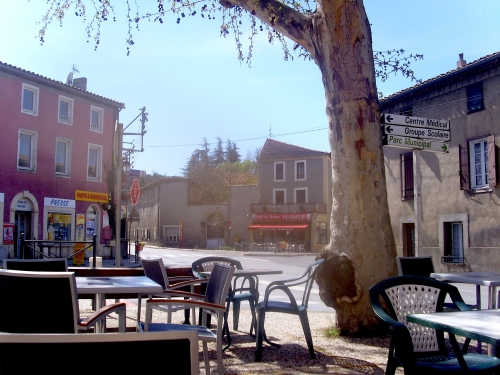
The Café de France, which serves set lunches on weekdays, across the road from the St. Anne terrace.
Also in the town is a most unusual bookshop called Ulpian - a name mentioned in the predictions of Nostradamus, Ulpian was originally a treasure house in Rome in the 5th century - when the Visigoths took Rome and its treasure. Now it is a treasure house in a different sense.
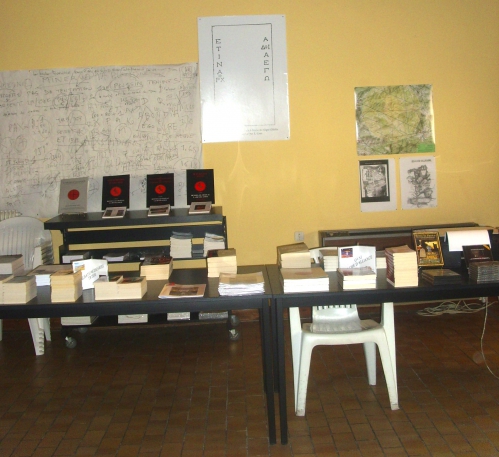
The shop sells only books in French but it is worth entering because the whole of the layout, bearing a marked similarity to the church at Rennes-le-Château is a message. Your eye is led directly into an alignment. The owner is passionate about Rennes-le-Château and has some most original but logical ideas about Bérenger Saunière and the mysteries. AND the pictures that prove them!
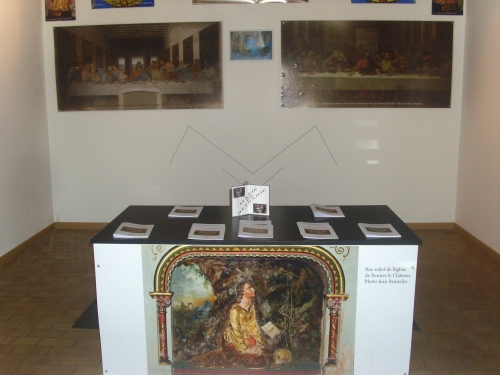
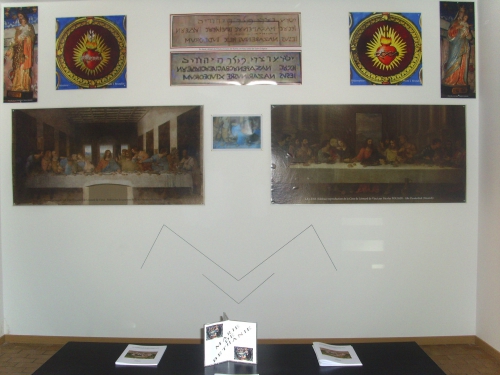
The shop is only open for the two summer months of July and August as Sylvain, the owner, goes back to his everyday life in the Marseille region, but everybody who is anybody calls in there.
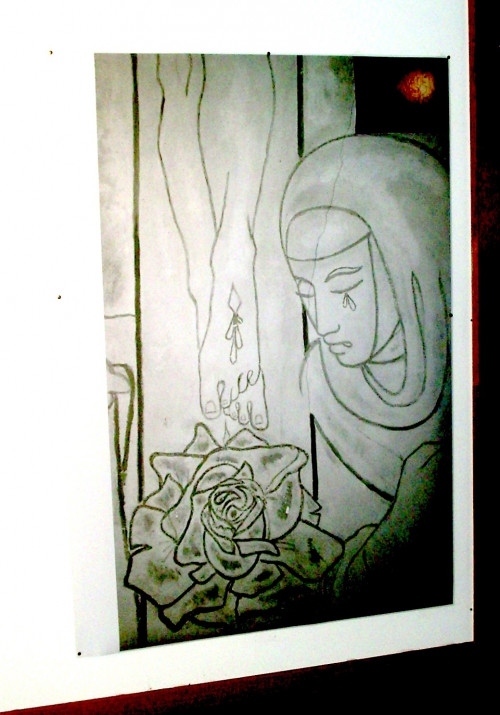
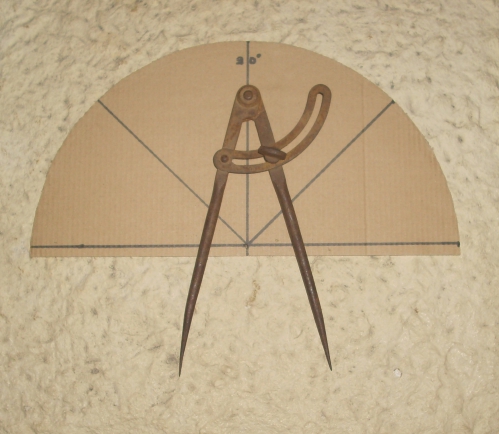
The Junction
At Couiza I was particularly interested in the junction of the River Sals and the River Aude, especially as I had written extensively about the Sals being a “sacred river.” Click here. So one January day I went for a look.
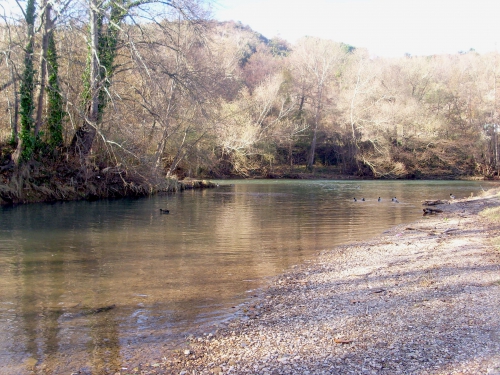
There is a walkway, provided by the village. To the left, across the river Sals, is a view of the medieval village of Couiza with its church to John the Baptist; while to the right, is the castle of the Joyeuse family.
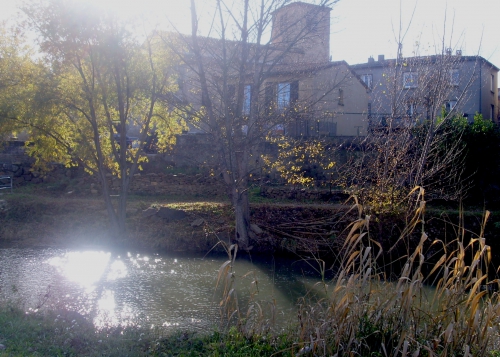
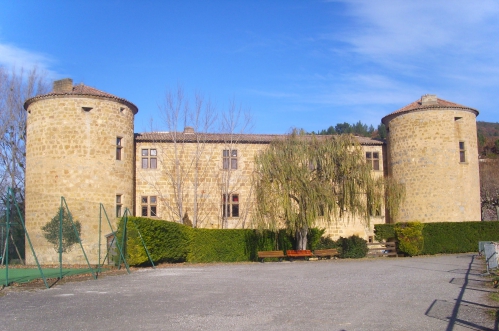
The place where the Sals flows into the Aude is calm and peaceful, with ducks pottering about on the water. The edge of the water is gravelly. It’s my habit, because of my historical societies, to always look at the ground in case there are fragments of Roman remains there. I found an oyster shell.
That doesn’t sound like much, but the Romans were addicted to oysters, which were packed and exported from la Nautique on the coast near Narbonne, and when they were eating them, they sucked the oysters out and just threw the shell away wherever they were. The shells are very hard and don’t decay, one finds them everywhere the Roman lived. On a later visit I found some odds and ends of pottery.

I also knew that the Romans had been at Couiza because of entries in my archeological book of the region. (Couiza was still called Couzanum in the 13th century.) Roman pottery has been found alongside the road to Alet to the north and along the farmers road on the south side of the Sals that runs east to Rennes-les-Bains. (For more about this road, click here.) A mosaic was found at Le Faubourg in Couiza and a coin to Diocletian was found during the construction of the tennis courts by the Château Joyeuse.
For much much more about the château, click here.
Could there have been a building there in Roman times? I remembered the Roman habit of building a travellers' halt by suitable junctions. As the Aude is navigable along all its length, it is obvious that it was used in Roman times to export goods and great trading took place here, on this suitable flat land by the river. The Romans at Couiza would also have used the Aude for travelling.
Guy Rancoule, an archeologist in the region, tells us that the town centre developed around a ford across the River Sals, “a little upstream” from the junction with the Aude. There is a modern bridge there now, leading onto the Roman road, still in use by loggers and farmers, that ran on the south side of the river Sals to Serres. From Serres, where there is a Roman bridge for the traffic coming from Rennes-les-Bains, today's D613 then went to Narbonne via Mouthoumet.
Thus we have a picture of Couiza in Roman times; on the main road south along the Aude valley, eventually going to Quillan and on to Spain, at a junction with a travellers and traders' halt by the river. It was an important crossroads and had been so since Celtic times.
In 1907 an amateur archeologist found a bronze lance, some cloak pins, lamps and pottery at Couiza, called “Gallo-Roman.” It’s thought these were Celtic. Then a polished axe-head was found at Las Casteillas, the Celtic oppidum to the south of Rennes-le-Château. And the archeology book told me that Celtic people had lived at Montazels and also came to the river Aude by the junction with the Sals.
Las Casteillas, opposite Rennes-le-Château, known to have been a Celtic oppidum, has some caves at the foot of it by the River Couleurs and in them bodies and articles were found dating back to the Bronze Age - 1,500 years BC. Celtic people lived there, for coins were found dating from the 4th century BC to the first century AD, including a 4th century BC coin from Ampurias in northern Spain and a first century Roman coin with the head of Janus on it. Ampurias was a Phoenician trading port; the Celtic people therefore traded with the Greeks and then later the Romans, who came to the region around 40BC.
On the plateau of Lauzet were found chariot wheels, millstones in basalt, early Roman amphores and a bronze arrow-head.
Thus we have a picture emerging. The Celts came from Casteillas down to Esperaza, then north to Couiza; other Celts came down from Montazels, and Celts came from the plateau de Lauzet. The space beside the junction of the rivers at Couiza was an important Celtic nemeton or meeting place where trading took place at this crossroads between the north/south Carcassonne/Quillan route, and the west/East route from the Ariège (where they was gold) to Narbonne and the coast.
Meanwhile, Couiza's church is of interest to many, as the ornaments were supplied by the same company that supplied Rennes-le-Château. Click here to see more.
Inscrivez-vous au blog
Soyez prévenu par email des prochaines mises à jour
Rejoignez les 97 autres membres

